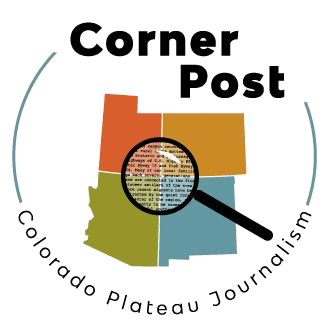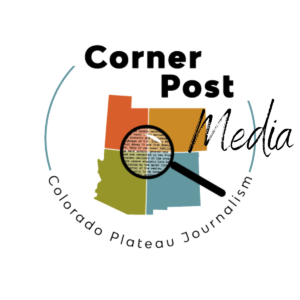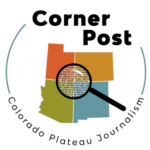
In-Depth
Could COVID-19 Bring a New Wave of Diverse Workers to Public Land Conservation?
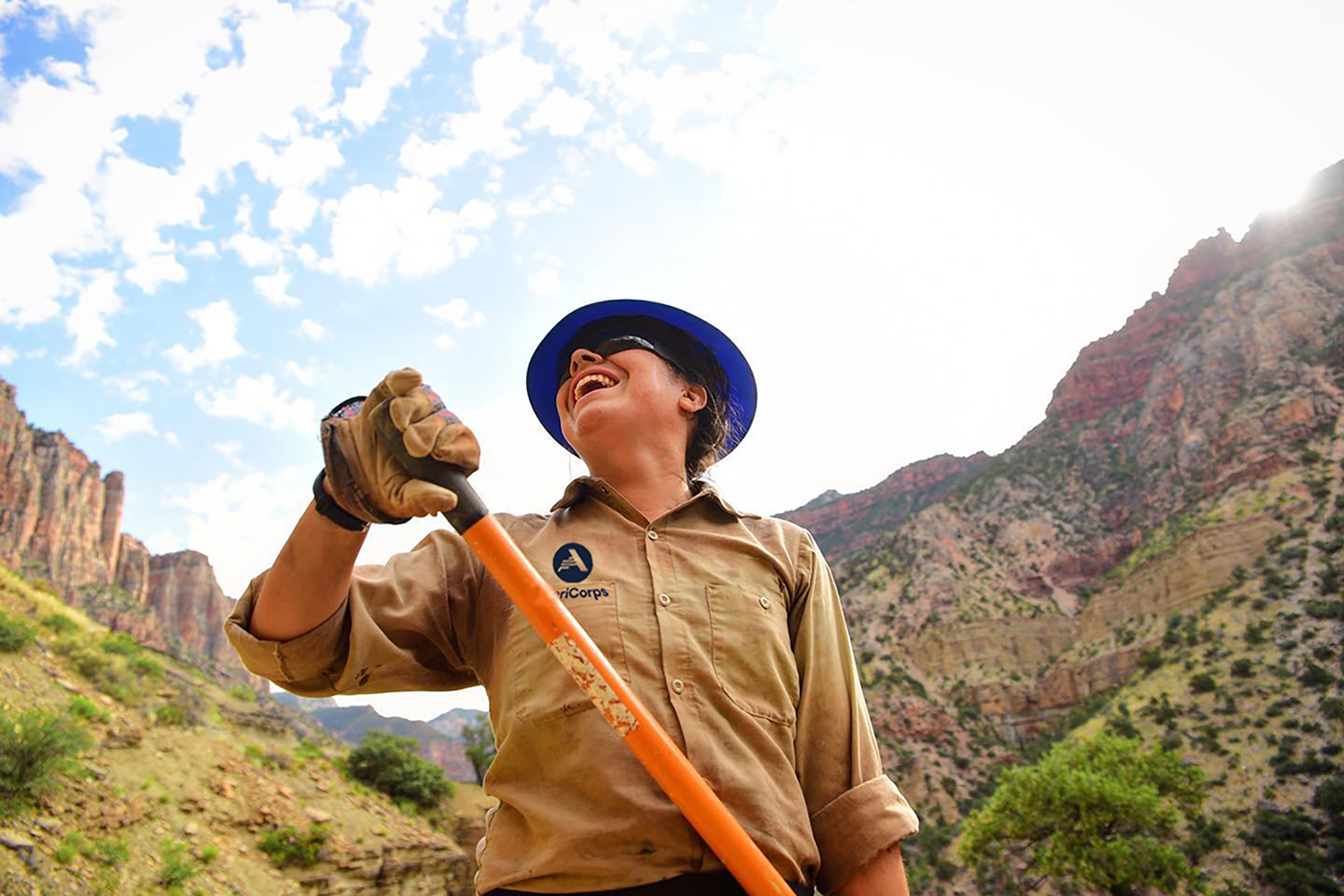
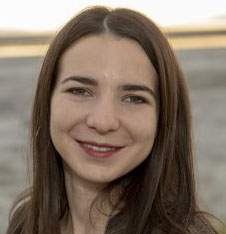
by Emma Penrod – 5.13.2021 – 10 min. read
During the economic slump following the Great Recession, Alex Engel, a recent college graduate, found himself doing hard labor in some of the most unforgiving canyons southeastern Utah has to offer.
Engel studied civil engineering and had a graduate degree, so he—and his parents—envisioned a future of white-collar work. But in 2012, he says, “nobody was hiring anyone fresh out of college.” So, he signed up for volunteer work with a youth conservation corps and spent the next several years wielding a chainsaw and sleeping under the stars.
Alongside the rest of his team, Engel spent long, ninety-five degree days cutting down invasive Russian olive trees along remote stretches of the Escalante River. Crews worked eight day shifts, supported by horse-back supply chains, and often had to wade through water or mud with no ability to shower at the end of the day.
Engel says he initially “pretended to myself and my parents that I would still look for work in the engineering world,” but each fall he found himself returning to the Escalante, where he became a crew manager, and eventually a field supervisor for Grand Staircase Escalante Partners (GSEP).

Participation in youth conservation corps—or other volunteer programs that receive federal funding through the AmeriCorps umbrella—helped tens of thousands of young people recover from job loss or economic hardship as a result of the Great Recession, according to Samantha Jo Warfield, a spokesperson for the federal AmeriCorps program in Washington, DC. For some, such as Engel, these led to long-term careers in conservation or public lands management.
The vast majority of AmeriCorps members are under thirty and perhaps looking to start a career or gain experience between college semesters or during a gap year, although, some 15% are already established professionals, Warfield says. During the Great Recession, many individuals who lost their jobs, or could not find work after college, served with AmeriCorps as a way to tide themselves over or retrain for more in-demand positions.
As the economic fallout from COVID-19 unfolds, AmeriCorps is bracing for another wave of volunteers looking to make a difference in their communities while coping with disruptions to their own educational or professional plans. But where the wave of youth corps following the Great Recession introduced white-collar youth such as Engel to the work of conservation, groups such as the Canyon Country Discovery Center and the New Mexico based Ancestral Lands Conservation Corps have a different focus this time around: enriching communities by helping indigenous and local youth connect with the land surrounding them.
The Civilian Conservation Corps, created during the Great Depression, put young men to work on public projects such as improvements in national parks. The men received housing, food, education in basic subjects like reading and writing, and job skills training, in addition to a small $30 a month salary.
AmeriCorps’ structure is similar, with project goals ranging from wildlands conservation to rural healthcare. Organizations across the U.S. may apply to receive AmeriCorps volunteers, who are paid a small stipend. Volunteers may also receive benefits such as housing, medical benefits and childcare, and all those who complete a full-time service project receive a roughly $6,000 education grant that can be used to pay off student loans or fund additional education. The program will also pay the interest on outstanding student loans for volunteers through the duration of their project, and the hours of service can count toward student loan forgiveness programs.
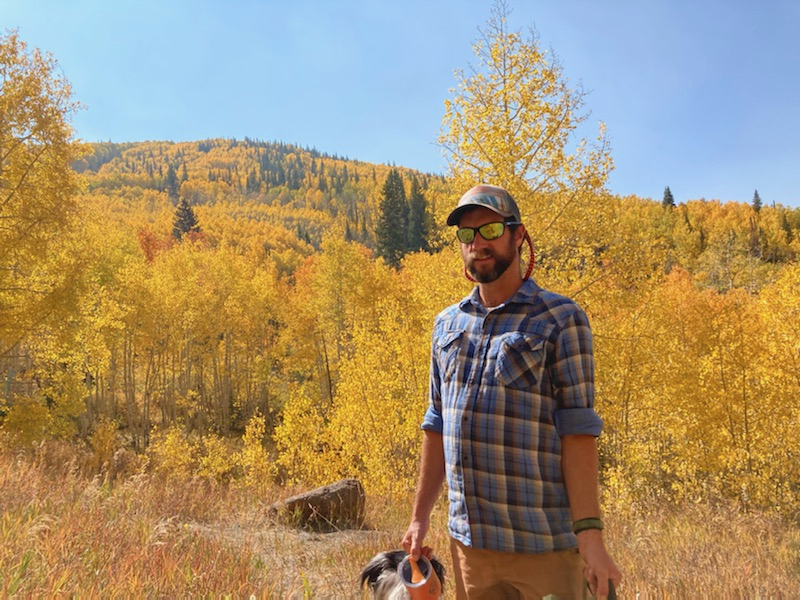
“I see us as an heir to the CCC,” says Dave Bastian, Partnerships Director for Canyon Country Youth Corps at the Canyon Country Discovery Center in Monticello, Utah. There, volunteers ages 15-30 help build and maintain trails and fences, remove invasive species, and restore natural habitat each summer.
In 2009 and 2010, the Canyon Country Discovery Center doubled the size of its own youth corps, using federal aid dollars to create jobs for San Juan County teens—and for teens around the nation looking for a way to connect with nature and with themselves.
Some of these youth, Bastian says, have little sense of the job opportunities available to them beyond what their parents do for work. “It’s almost like you’re in a room, and the windows are all shut and the doors are locked,” he says. “The corps are just like opening the blinds, and hopefully opening the doors.”
For many of the youth in his program, their year of service opens opportunities for seasonal jobs with the Bureau of Land Management, which later leads to other land management work. Others go into firefighting.
“For someone who doesn’t know there are options,” Bastian says, “youth corps can be a huge course correction.”
This was the case for Ryan Buerkle, now a wilderness manager based in Vernal for the U.S. Forest Service. Growing up in eastern Montana, he’d worked on his grandfather’s ranch and knew he wanted to do something involving manual labor outdoors. A family vacation to Yellowstone, he says, further developed his desire to spend as much time in the wilderness as possible. But he struggled to see how he could make his passion for the outdoors a career.
Buerkle—like Engel—first enrolled in college in civil engineering, but found his major “didn’t click” as it became apparent how much time he would spend indoors in an office. He found an advertisement for the Montana Conservation Corps on campus, offering “an opportunity to come work in the woods doing trail work and vegetation restoration,” Buerkle says. “I just took the plunge and decided to go check it out.”
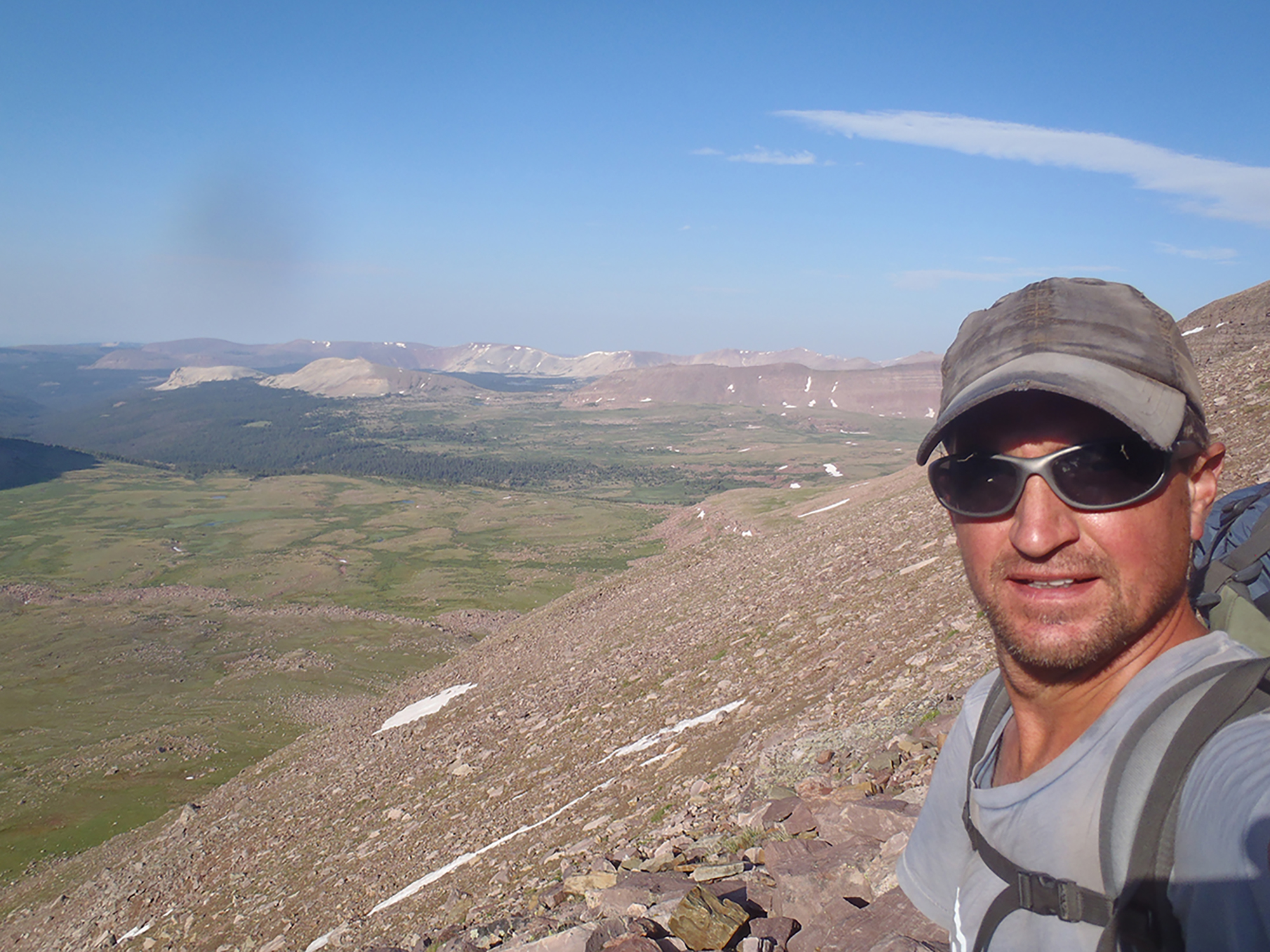
For the next six months, Buerkle served on a youth corps doing trail maintenance and revegetation in Glacier National Park and in the Bob Marshall Wilderness. When he returned to school, Buerkle changed his major to land resource management.
“When you’re an eighteen-year-old kid, some of us that are logic-driven are looking at where am I going to be the most successful,” Buerkle says, explaining his original plan to study engineering. “But then you come to the understanding that money isn’t everything…Once you get out there doing this type of work, it changes your perception of what you want to do moving forward, especially if you enjoy the hard work.”
After his youth corps experience, Buerkle hired on with a Forest Service trail crew, where he worked for eight seasons. He eventually landed a permanent position with the National Park Service in Alaska, and then moved to Utah to rejoin the Forest Service as a manager.
Working with the Utah Conservation Corps to put young people to work maintaining public lands has only increased his conviction about the importance of youth corps, Buerkle says.
“It’s number one about getting the work done and having the flexibility as an agency to dedicate an amount of labor all at one time,” he says, “and the other side is, getting folks out into the woods, to see what jobs are out there and to come to care about [public lands].”
With the emergence of COVID-19, AmeriCorps has seen another surge in interest, with applications up 25-40% in some areas during 2020, Warfield says. Many applicants are looking for work while furloughed; others have been young people looking to fill their time while taking a gap year because their college campus has been closed.
The Canyon Country Discovery Center, Bastian says, filled positions in early 2020 that nearly went unstaffed as youth began coming forward looking for opportunities to fill a “gap year” prompted by college campus closures. Then, two days after their arrival, public lands themselves began to close.
Bastian continued training the corps members, teaching them wilderness survival skills and first aid, assuming that by the time they were finished, the trails would be open again. But as training drew to a close, it was clear the nation was nowhere near reopening.
“I started calling people saying we have seven people trained, and we need work to give them or we need to send them home,” he recalls. Some of the corps members came from cities like Chicago, which, embroiled by the summer’s civil unrest, Bastian feared were unsafe to return to. So, they found a new opportunity—collecting food and supplies and delivering them to remote areas hard-hit by the pandemic, like the Navajo Nation.
Going into the 2021 season, Bastian says, he has roughly three applications for every available position.
Chas Robles, director of the Ancestral Lands Conservation Corps based out of Albuquerque, doesn’t discount the significance this coming year’s corps experience will have in influencing the lives and even careers of youth who enroll—Robles, launched his own career in 2006, as a member of the Desert Restoration Corps in California. But he also sees the potential for conservation corps to do more for local communities, and particularly for indigenous youth and people of color.

“Historically, the conservation and environmental movements have been dominated by white males,” Robles says. “And we’ve been told that conservation and environmentalism looks a certain way, especially with this idea of taking young folks out of their communities, and into this remote, distant landscape that is separate from their homes.”
“But we also need to realize that conservation work is in our backyard,” Robles says. “Conservation work needs to include the lands in which we live and work.”
Though Robles now lives in New Mexico, he’s originally from Florida, where he was one of a handful of Chicano and Latino students at his school, located in a predominantly White neighborhood. His family, Robles says, had fully assimilated into the surrounding culture, and he knew little of his indigenous Mexican-American heritage.
Robles had planned to become a teacher, but after graduating college, he found an opportunity with the Desert Restoration Corps, which shipped him out to Barstow, California, to do restoration work in the surrounding BLM lands.
The Desert Restoration Corps worked not to build trails, but to close them. The Mojave landscape to which they were assigned had become crisscrossed with illegal roads, and Robles’ crew was tasked with closing these roads by revegetating the unwanted paths.
Robles’ experience in California led him to an extended tour of the nation with a variety of corps groups, doing everything from building trails at Mount Rainier to mucking out damaged New York homes after Hurricane Sandy. Eventually, his work led him back to the Southwest Conservation Corps, where he was asked to assist with a program supporting Navajo youth. That work, he says, led him to reconnect with his own indigenous roots in Mexico.
“I wouldn’t have my cultural heritage or identity without this work,” he says.
Robles’ own experience, he says, has taught him the importance of programs such as his current job with the Ancestral Lands Conservation Corp, which works to connect Native American youth to conservation corps working their native lands.
So as COVID-19 triggers another wave of interest in service and youth corps around the nation—and with politicians in Washington calling for increased AmeriCorps funding to combat the pandemic—Robles sees an opportunity to expand the conservation corps mission.
“We’re expanding the definition of what conservation is,” he says. “It’s not just distant places.
It’s critical that it include spaces that are literally in our backyard, because when we protect those places as firstly as we protect distant places, it improves quality of life, improves communities, and improves the natural world.”
Republish
Republish Our Content
Corner Post's work is available under a Creative Commons License and under our guidelines:
- You are free to republish the text of this article both online and in print (Please note that images are not included in this blanket licence as in most cases we are not the copyright owner) but:
- you can’t edit our material, except to reflect relative changes in time, location and editorial style and ensure that you attribute the author, their institute, and mention that the article was originally published on Corner Post;
- if you’re republishing online, you have to link to us and include all of the links in the story;
- you can’t sell our material separately;
- it’s fine to put our stories on pages with ads, but not ads specifically sold against our stories;
- you can’t republish our material wholesale or automatically—you need to select stories to be republished individually;
- you have to credit us, ideally in the byline; we prefer “Author Name, Corner Post,” with a link to our homepage or the article; and
- you have to tag our work with an editor’s note, as in “Corner Post is an independent, nonprofit news organization. See cornerpost.org for more.” Please, include a link to our site and our logo. Download our logo here.
 Emma Penrod is an award-winning investigative journalist, based in Western Utah, who covers the intersections between science, business, and government policy with an eye toward environmental and economic justice. Her stories have appeared in Newsweek, Sierra magazine, Insider, The Weather Channel, High Country News, and in diverse local media. In her spare time, she enjoys writing histories, gardening, and vegetarian cooking.
Emma Penrod is an award-winning investigative journalist, based in Western Utah, who covers the intersections between science, business, and government policy with an eye toward environmental and economic justice. Her stories have appeared in Newsweek, Sierra magazine, Insider, The Weather Channel, High Country News, and in diverse local media. In her spare time, she enjoys writing histories, gardening, and vegetarian cooking.
